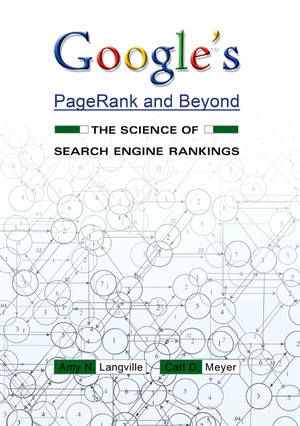David Norman Rodowick: The Virtual Life of Film (2007)
Filed under book | Tags: · cinema, digitalm film, film, film history, ontology, photography

As almost (or, truly, virtually) every aspect of making and viewing movies is replaced by digital technologies, even the notion of “watching a film” is fast becoming an anachronism. With the likely disappearance of celluloid film stock as a medium, and the emergence of new media competing for an audience, what will happen to cinema–and to cinema studies? In the first of two books exploring this question, D. N. Rodowick considers the fate of film and its role in the aesthetics and culture of moviemaking and viewing in the twenty-first century.
Here Rodowick proposes and examines three different critical responses to the disappearance of film in relation to other time-based media, and to the study of contemporary visual culture. Film, he suggests, occupies a special place in the genealogy of the arts of the virtual: while film disappears, cinema persists–at least in the narrative forms imagined by Hollywood since 1915. Rodowick also observes that most so-called “new media” are fashioned upon a cinematic metaphor. His book helps us see how digital technologies are serving, like television and video before them, to perpetuate the cinematic as the mature audiovisual culture of the twentieth century–and, at the same time, how they are preparing the emergence of a new audiovisual culture whose broad outlines we are only just beginning to distinguish.
Publisher Harvard University Press, 2007
ISBN 0674026683, 9780674026681
193 pages
PDF (updated on 2012-7-14)
Comment (0)Amy N. Langville, Carl Dean Meyer: Google’s PageRank and Beyond: The Science of Search Engine Rankings (2006)
Filed under book | Tags: · algorithm, google, internet, search, software, web

Why doesn’t your home page appear on the first page of search results, even when you query your own name? How do other Web pages always appear at the top? What creates these powerful rankings? And how? The first book ever about the science of Web page rankings,Google’s PageRank and Beyondsupplies the answers to these and other questions and more. The book serves two very different audiences: the curious science reader and the technical computational reader. The chapters build in mathematical sophistication, so that the first five are accessible to the general academic reader. While other chapters are much more mathematical in nature, each one contains something for both audiences. For example, the authors include entertaining asides such as how search engines make money and how the Great Firewall of China influences research. The book includes an extensive background chapter designed to help readers learn more about the mathematics of search engines, and it contains several MATLAB codes and links to sample Web data sets. The philosophy throughout is to encourage readers to experiment with the ideas and algorithms in the text. Any business seriously interested in improving its rankings in the major search engines can benefit from the clear examples, sample code, and list of resources provided.
Publisher Princeton University Press, 2006
ISBN 0691122024, 9780691122021
Length 224 pages
Hamid Naficy: The Making of Exile Cultures: Iranian Television in Los Angeles (1993)
Filed under book | Tags: · audience, deterritorialization, exile, film, ideology, islam, music video, politics, television

Naficy explores the seemingly contradictory way in which immigrant media and cultural productions serve as the source both of resistance and opposition to the domination by host and home country’s social values while simultaneously serving as vehicles for personal and cultural transformation and assimilation of those values.
Publisher U of Minnesota Press, 1993
ISBN 0816620873, 9780816620876
Length 283 pages

